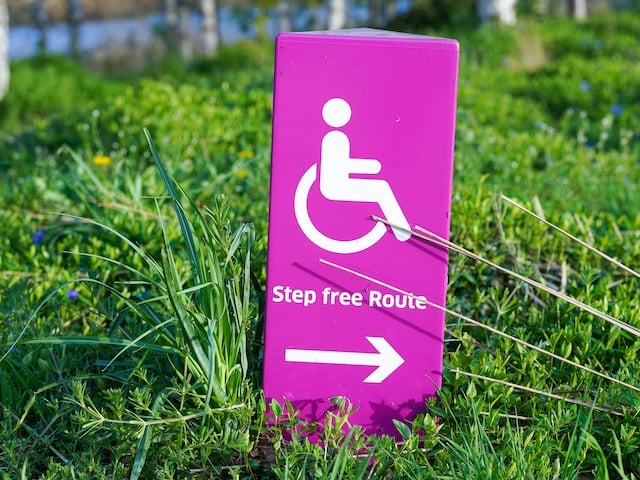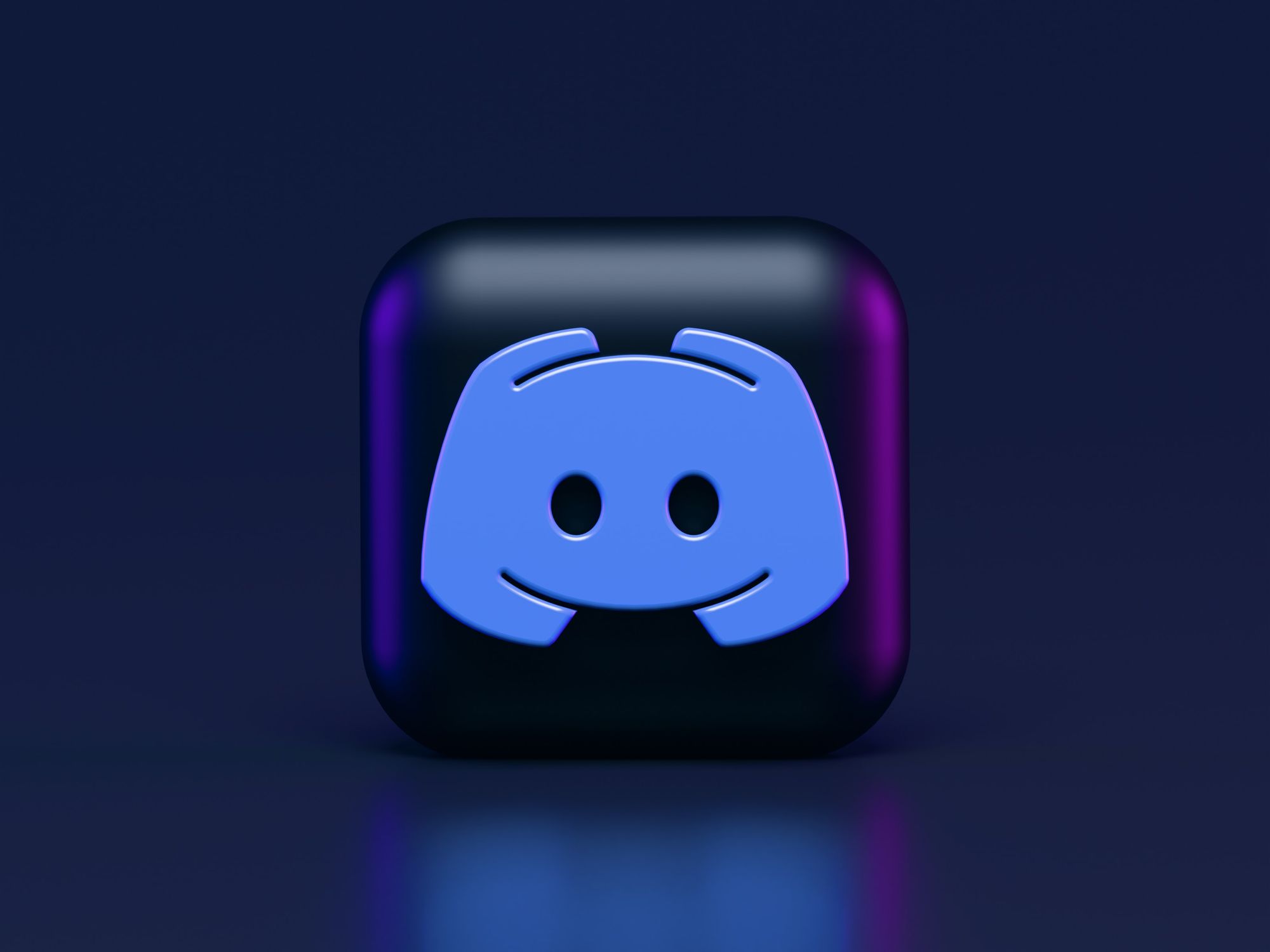Essentials
Podcasting Essentials
Related articles:
Discord is a voice, video, and text communication service that started out for gamers but is now being used by over a hundred million people. One of the groups that has created a thriving community on the app? Podcasters!
It’s a pretty versatile platform, too. I’ve found three use cases for podcasters on discord: making production servers to coordinate the creation of their show, making creator servers to network and help other podcasters, and creating fan servers to curate a community space for their show.
I’ve created and been a part of all three types of servers. I’m a podcaster who works in the fiction space - I’ve made a few seasons of different audio dramas (including Sidequesting and Someone Dies In This Elevator), and I’m always working on more. Nearly all the discord servers I’m in are podcast related, and there are a bunch of them (one time I hit the 100 server limit). I joined discord for podcasting, I’ve been on the app for about three years now, and I love finding more ways to use it.
For shows made by multiple people, a production server is a fantastic way to keep track of things and people-wrangle. Getting the cast and crew in one place to post scripts, clips, deadlines, and updates makes coordinating production much easier than sending a million and one emails. Beyond production, there are creator servers. They’re similar in function to facebook groups, but with a generally younger user base and specific discussion channels. These servers are great for networking with other podcasters, getting help and feedback, and engaging in the podcasting community as a whole.
Fan servers are an excellent way to build and manage a community for your show specifically. It’s a semi-public social space that people must be invited to join, so it can be a lot more personal than interacting with listeners on fully public social media, like twitter. It’s a space built for casual conversation, and in my opinion, feels much lower stakes than posting updates across other social media. People in your server are already going to be familiar with your show, and running a discord server is about engaging with those listeners instead of promoting yourself to new ones.
One of the biggest benefits of a discord server for your show is that once you’ve curated the space, you don’t need to be there for every post and interaction. On twitter and instagram, it can be difficult for conversations to start and branch off without your involvement - but discord is made for this to happen. You won’t always have to start the conversion if you curate a space that invites people to chime in on their own.
I’d recommend making a channel specifically for discussion about your show, and then a channel (or channels) for off topic and general discussion. People who just want to know the latest info about your show can lurk for the updates, and people who want to engage with other fans will have a great time talking about all sorts of things. It’s important to maintain a balance between too few and too many channels. Too few channels are easily clogged with discussion, and too many channels will be overwhelming. Now that discord has added threading features, I’d recommend erring on the side of too few channels.
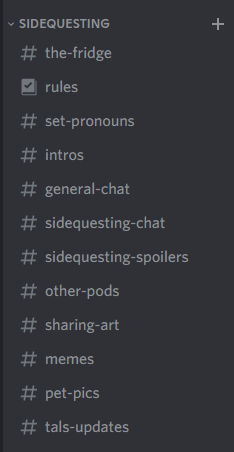
In the server I run for Sidequesting, I have a handful of channels. The Fridge is for sharing art and reviews of the show, and Tal’s Updates is where I share updates about the non-Sidequesting things I’m working on. Sidequesting Chat and Sidequesting Spoilers are where I (and others) talk about the show, and most of the other channels (General, Other Pods, Sharing Art, Memes, and Pet Pics) are for other topics. These sorts of channels are fairly consistent across podcast servers I’ve been in. Having a variety of channel topics helps people who are excited about different things participate in the server.
In the channel specific to your podcast, give updates as you work on things. Don’t just post about an episode drop and run away, build up to it. It’s really easy to upload images to a channel, so you could screenshot your DAW, post some teasers about an episode, and create some hype. Are you in the studio with a cool guest? Take a picture and share it! The possibilities are truly endless, and it’s all simple and fast to do. My favorite thing about Discord is how easy it is to upload audio clips as well. You can drag and drop mp3 files just like images, and they can be listened to directly from the channel, no download needed. So as soon as you have an interesting clip to share, you can do it right away!
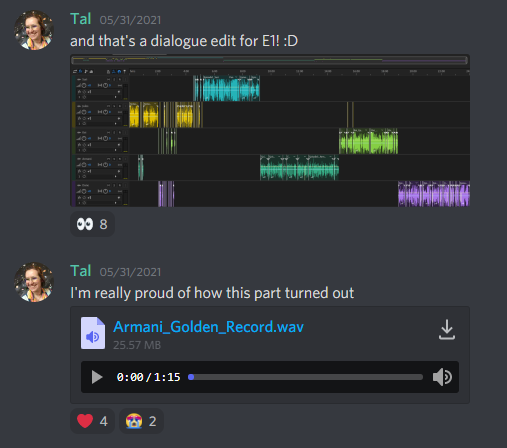
One of the best ways to curate a community is to talk about things that aren’t your podcast! Ask people how their day is going, share a silly meme, link something cool you found online. When people join, invite them to post an introduction. Like any other social media, you want to engage with your audience. If you’re only talking about yourself and your show, people aren’t going to stay interested. There’s no set requirement for how much time you need to spend in your server. Ideally, you should be enjoying the conversations too!
If you have a Patreon page for your podcast, you can directly integrate it with your discord server to give your Patreon supporters a special role in the server. You can configure channels that can only be seen by those with a supporter role to create exclusive support channels in your server. In the Sidequesting server, I have a channel for behind the scenes teasers, one for supporters to ask me any questions about the show, one for general updates, and one for exciting secrets about the show! Having special channels in your server can be a fun perk for supporters that isn’t very time intensive for you to maintain.
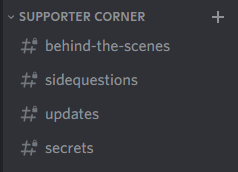
There are also a near-infinite number of bots that you can add to your server. One of my favorite ones is a RSS bot that will post when episodes go live on the feed.
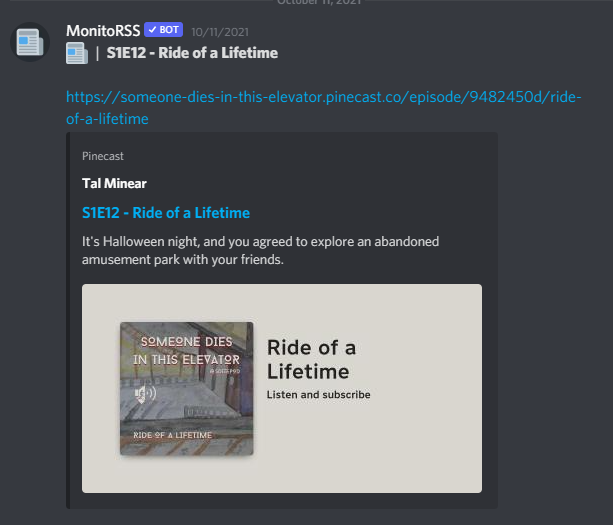
The other type of bot I highly recommend are ones that allow for reaction roles, so that people can have pronoun roles. Creating roles for pronouns allows anyone to click on a user and know how to refer to them - it’s super smooth!
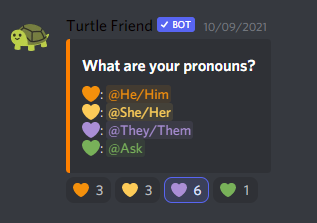

When it comes to running your server, model the behaviour you want to see. People will follow your lead when it comes to engaging with your discord server. For example, if you’re rude, the other people in your server will see they can get away with being rude, and the space can quickly become toxic. It’s important to establish server rules from the beginning and outline what happens when those rules are broken. I’d recommend having a read-only channel in your server where you post the rules and what happens when people don’t follow them. These rules don’t have to be complicated. Here’s an abridged example from the Sidequesting server:
1) Be nice. Respect people, use their correct pronouns, and don't be a jerk.
2) No hate speech, bullying, or sexual harassment.
3) Swearing is okay, but please keep this server safe for work.
4) If an episode has just aired, keep discussion of it in the spoiler channel for a week.
In the next post on the channel, I outline how I’ll proceed if the rules are broken:
If you engage in hate speech, bullying, or harassment you will be removed from the server immediately, possibly without a warning.
If you’re generally not being nice or respectful I will message you with a warning, but if your behavior continues you will be removed from the server.
If you post something NSFW, I’ll ask you to stop. If you keep posting NSFW, you’ll be removed from the server.
If you accidentally spoil things, I’ll remove your post and direct you to the proper channel. If you intentionally go around spoiling things, you’ll be removed from the server.
This makes it clear how I expect everyone in the server to act, and makes it clear to them how I’ll act when moderating channels. If someone breaks the rules, they won’t be able to accuse you of singling them out, and it makes it a lot easier for you to moderate.
If you have minors in your server, you should be very careful about restricting NSFW content. Because Sidequesting is a kid-friendly show, we have a few folks under 18, so I’ve made sure the server is a place that’s safe for kids to be.
As a server grows in members and activity, it can be extraordinarily helpful to bring on a few mods - people to enforce the rules when you’re asleep or away from the computer. This can be as simple as banning spam-bots that join the middle of the night, or as complicated as solving disputes between members. Moderation is the most time-intensive part of maintaining a server. It’s essential to keeping a good community space, and so it can’t really take a back seat. I’ve had great success in asking friends to help me mod a server, though other routes to go are inviting some of the more active folks in your server to help, or hiring someone to do it. If the server (and therefore, the job of a mod) is low-key, it’s okay to have volunteer mods. But if your server grows to thousands of members and the job of moderators gets stressful, you should think about compensating them.
When running a discord server for your podcast, it’s important to remember that you don’t owe people constant access to you. It can be tempting to constantly be online, keeping an eye on what’s happening and responding to queries instantly - and Discord’s always-open channels of conversation can exacerbate this. If it’s overwhelming, you can check out for a bit. I promise that’s okay.
Beyond moderation, every other part of server maintenance is basically optional. You can decide how much time you want to spend on it, be it engaging in discussions, posting updates, or promoting the server itself. A quiet server is not necessarily a bad thing! My Sidequesting server goes through lulls of inactivity on occasion, and I’m okay with that. It’s not a goal of mine to have an active server, and it makes sense that if I’m not always posting on the server, others aren’t either. For every podcast discord server I have created, setup has been the most time intensive part - and if you’re worried about that, I’ve created a template to use as a starting place. It’s a bare-bones podcast server, with some channels and some roles, for you to take and expand on!
Ultimately, you define what success means. Do you want a thriving community where new people join all the time? Or is a quiet server where the occasional person wanders in still good for you? If you want an active server and you find yourself dragging out conversations and talking to an empty room, it might be time to work on promoting your server - or it might be time to call it quits.If you find that people are breaking rules faster than you can moderate them (or it your server is a unhappy place for you to be), that might be a sign that the server isn’t working.
My goal with the Sidequesting server was to create a space for fans to hang out. I occasionally post about it on twitter, but because gowing the server is not one of my goals, I don’t spend a lot of time making sure people find it. As long as a handful of people enjoy the server, I consider it a success. But someone who wants to curate a space with lots of feedback on their episodes and interaction with fans might define this server as a failure. It’s truly about what sort of space you want your server to be.
Discord can be a great tool to build and strengthen the community around your show. It can be a fun space to interact directly with your audience and easily share updates about your show (without the stress of explaining exactly what your podcast is for potential new listeners). As far as community management tools go, it’s a fantastic platform with a lot of versatility. And it’s free to use, so if you’ve been considering it, I recommend jumping right in and trying it out!
Tal is a So-Cal based sound designer, voice actor, and podcast producer. Tal is the creator of Sidequesting, What Will Be Here?, and Someone Dies In This Elevator. When not working on or writing about podcasts, Tal enjoys sword fighting and playing DnD. Follow them on twitter @starplanes and find more of their work at talminear.com.

